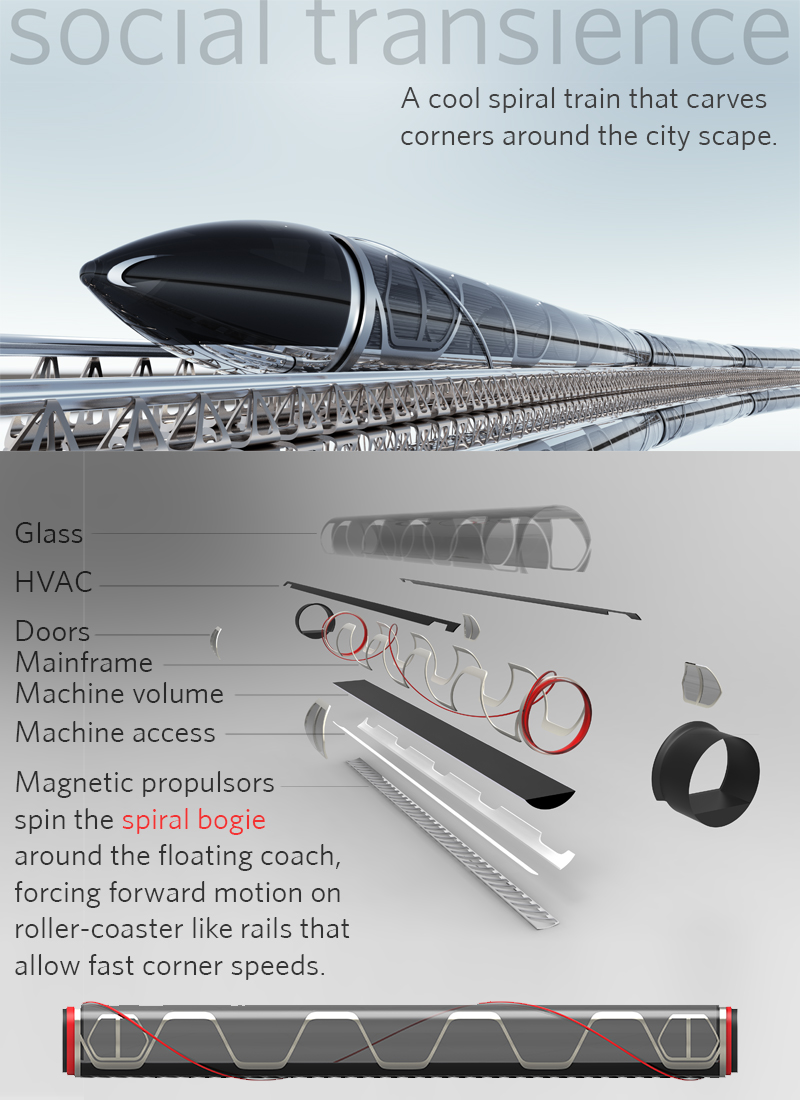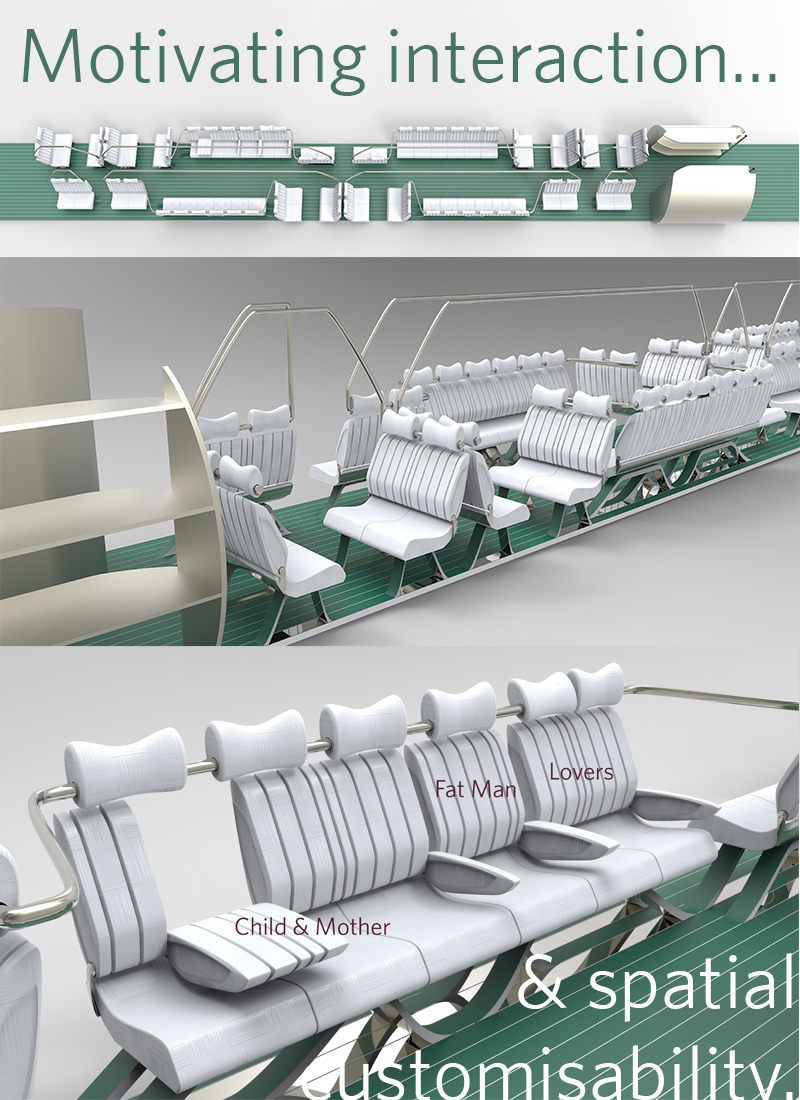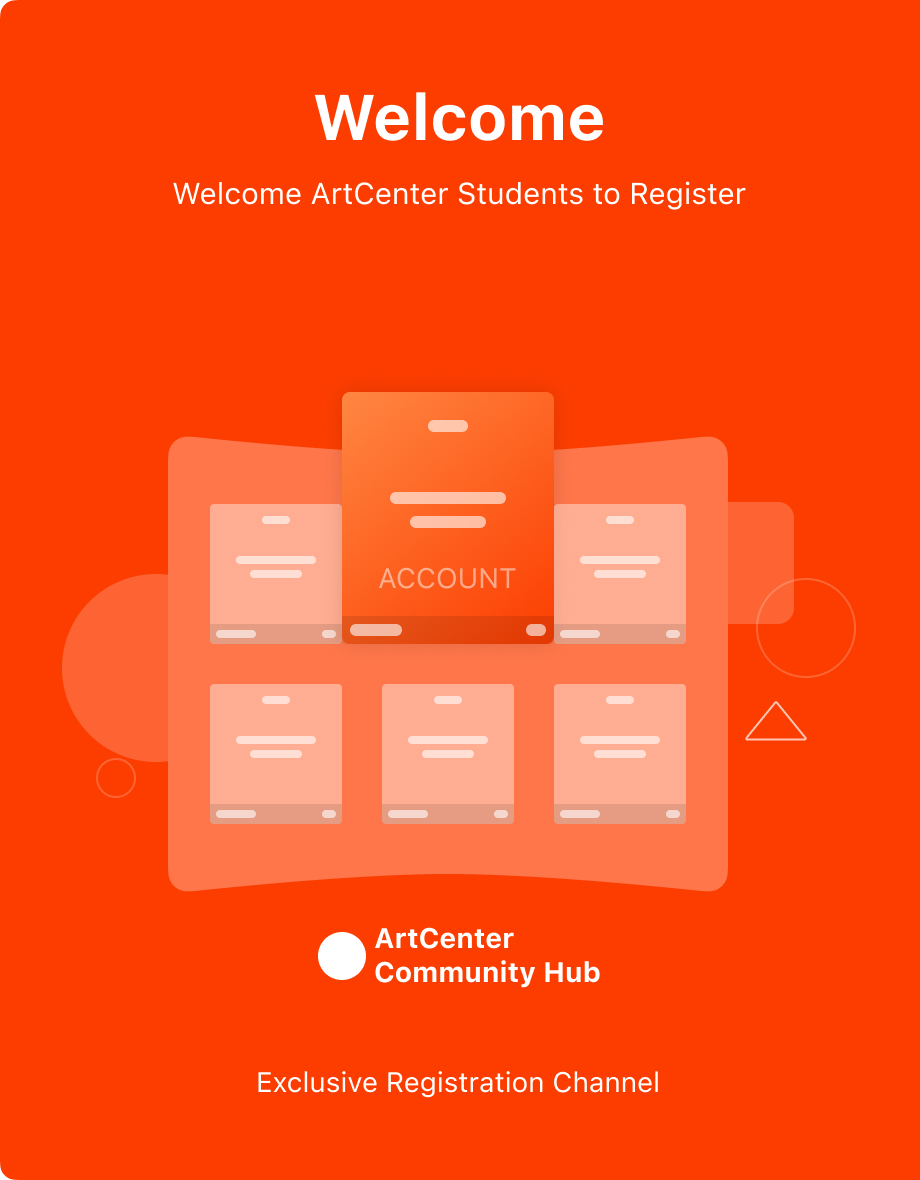Social Transience stands for a regional train that goes around tight bends in dense city scapes at extremely high speeds and has interiors that promote social interaction. Cities today are the financial hubs for major economies. They need a huge workforce to function which itself cannot be accomodated in the city. The regional train comes into play here. But our high speed regional, even inter city trains can not boast of practically quick transit times because the conventional rail bogies have limited speeds around tight bends. And our cities are getting denser by the moment. The spiral train concept was designed with this primary need of going fast around tight bends. Conventional bogies are replaced with a spiral one that integrates a magnetically floating coach inside it, designed to stay relatively level around bends. But how does the train move forward? The magnetic spiral is forced to go around by magnetic slits integrated under the ba-se of the coach. The slits are aligned in the direction of the spirals. As the spirals go around, the train moves forward in a fashion similar to a screw moving through a nut. What about the rails? Think roller coaster. To allow the train to go around bends without tumbling over, the rails are designed to keep the centre of gravity of the coach inside the limits of the 2 rails. And given the maximum width of the concept being exactly the same as the ICE 4 running on the european network, the new rails can replace the ones in the current network around the world at a fraction of the cost of new concepts like maglev.


Year
2015
Designer
PARISHRUT BHATIA
本作品版权归 K-DESIGN AWARD 所有,禁止匿名转载及个人使用,任何商业用途均需联系原作者。

新用户?创建账号
登录 重置密码

请输入电子邮件以重置密码。
留言板 (0)
评论为空